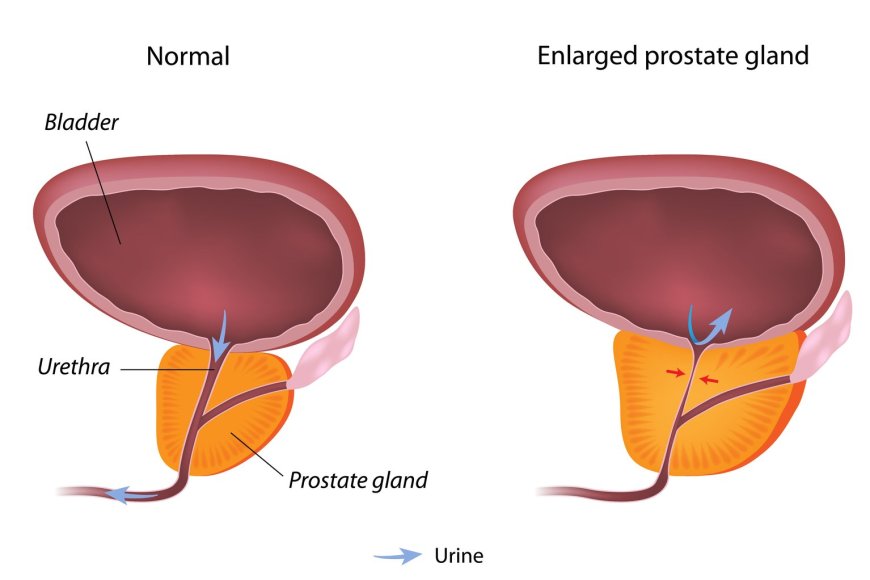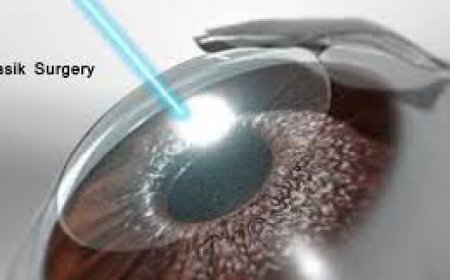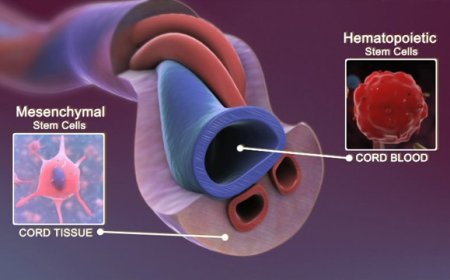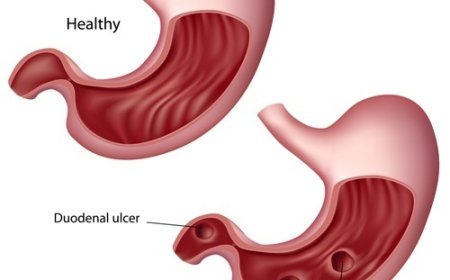Benign Prostatic Enlargement( BPH)

Introduction:
Benign Prostatic Enlargement (BPH) is a common health issue affecting many men in India. It is a condition where the prostate gland, which is a small walnut-sized gland located below the bladder, gradually grows larger. While it is not cancerous, BPH can cause bothersome symptoms and lead to complications if not managed properly. In this article, we will explore BPH, its symptoms, classification, causes, risk factors, types, diagnostic tests, treatments, and prevention techniques.
Signs and Symptoms:
BPH can cause a range of urinary symptoms due to the enlarged prostate putting pressure on the urethra (the tube that carries urine from the bladder out of the body). Common symptoms include:
- Frequent or Urgent Urination: Needing to visit the bathroom frequently, especially during the night.
- Weak or Intermittent Urine Stream: A weaker flow of urine or a stop-and-start pattern during urination.
- Incomplete Emptying: Feeling like the bladder isn't fully emptied after urination.
- Straining: Difficulty starting urination or requiring extra effort to empty the bladder.
- Dribbling: Urine leakage after finishing urination.
- Blood in Urine: In some cases, BPH may cause blood in the urine (hematuria).
What Is Benign Prostatic Enlargement (BPH)?
BPH, also known as prostate gland enlargement, occurs when the cells of the prostate gland multiply abnormally, leading to an increase in its size. The exact reason behind BPH is still not entirely clear, but it is related to age and hormonal changes.
How Is Benign Prostatic Enlargement (BPH) Classified?
BPH is classified based on the size and extent of the enlargement. Doctors use the International Prostate Symptom Score (IPSS) to assess the severity of symptoms, ranging from mild to severe.
Causes and Triggers:
While the precise cause of BPH remains unknown, certain factors are believed to contribute to its development. Hormonal changes associated with aging, especially changes in testosterone and estrogen levels, play a significant role. Additionally, genetics, inflammation, and lifestyle factors can also influence BPH.
Risk Factors:
Several risk factors can increase the likelihood of developing BPH, such as:
- Age: BPH is more common in older men, especially those above 50 years.
- Family History: Having a close relative with BPH increases the risk.
- Obesity: Being overweight or obese can elevate the risk of BPH.
- Sedentary Lifestyle: Lack of physical activity may contribute to the development of BPH.
Types of Benign Prostatic Enlargement (BPH):
There are three main types of BPH:
- Peripheral Zone Enlargement: The most common type, affecting the outer part of the prostate gland.
- Central Zone Enlargement: Occurs in the inner part of the prostate gland and may lead to more severe urinary obstruction.
- Transitional Zone Enlargement: This type affects the area where the urethra passes through the prostate and can significantly impact urine flow.
Diagnostic Tests and Treatments:
To diagnose BPH, doctors may use the following tests:
- Digital Rectal Examination (DRE): The doctor inserts a gloved finger into the rectum to feel the prostate's size and texture.
- Prostate-Specific Antigen (PSA) Test: This blood test measures the PSA level, which can help identify prostate issues.
- Urinalysis: A urine sample is analyzed to check for signs of infection or blood.
- Ultrasound: A transrectal ultrasound provides detailed images of the prostate gland.
- Uroflowmetry: Measures the speed and amount of urine flow during urination.
Treatment Options:
- Watchful Waiting: For mild symptoms, doctors may recommend regular monitoring without immediate intervention.
- Medications: Alpha-blockers or 5-alpha reductase inhibitors can help relax the prostate and improve urine flow.
- Minimally Invasive Procedures: Procedures like Transurethral Resection of the Prostate (TURP) or laser therapy can remove excess prostate tissue.
- Surgery: In severe cases, surgical options like Transurethral Incision of the Prostate (TUIP) or Open Prostatectomy may be necessary.
Complications and Prevention Techniques:
If left untreated, BPH can lead to complications like urinary tract infections, bladder stones, and acute urinary retention. To prevent BPH or reduce its severity, maintain a healthy lifestyle, exercise regularly, and seek medical advice if you notice any urinary symptoms.
Benign Prostatic Enlargement (BPH) is a common condition that affects many men in India. By understanding the signs, causes, and available treatments, men can take proactive steps to manage BPH effectively and improve their quality of life. Early detection and appropriate management play a crucial role in ensuring a healthy prostate and overall well-being.
What's Your Reaction?
 Like
0
Like
0
 Dislike
0
Dislike
0
 Love
0
Love
0
 Funny
0
Funny
0
 Angry
0
Angry
0
 Sad
0
Sad
0
 Wow
0
Wow
0







































































